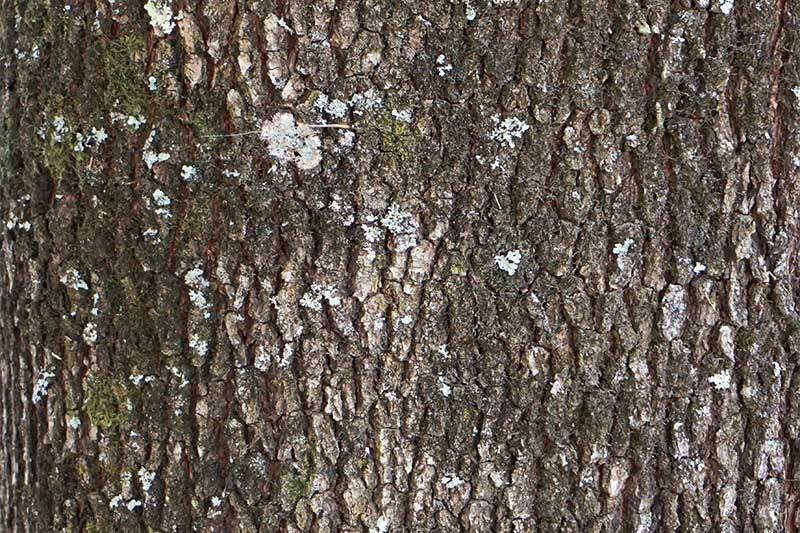Camphor is an essential balsamic (medicinal) oil obtained from the camphor tree wood (Cinnamomum camphora), this large tree that you have in front of you. This tree, unlike most deciduous species that make up the Atlantic forest such as oak, beech, elm or maple, is perennial. That means its leaves do not fall in autumn-winter. When most of the trees in this forest lose its leaves in autumn, this camphor tree will keep them in its branches.
And, do you know that this camphor tree is a rare tree here? It is not typical of these forests. It is an exotic species, native to Asia.
Surely you wonder why an exotic tree does in this fragment of Atlantic forest that you are visiting. The answer remains in the product that humans extract from their wood: camphor. Since humans learned that some species could be domesticated and cultivated to be used for their own benefit, the movement of species between ecosystems began. With it, the problem of biological invasions began too.
Nevertheless, a foreign (exotic) species is not necessarily an invasive species. To be so, it must have disproportionate population growth and in some negative way affect the functioning of native ecosystems.
It does not seem to be the case of this camphor tree, so we can continue walking carefree.
Regarding the products that can be obtained from this plant, the main one, camphor oil, is obtained by distillation of wood and has many applications ranging from its use as an antiseptic or analgesic until its use as a decongestant, blood circulatory stimulant or as insect repellent.
As camphor is a product scarce in nature, and highly demanded for the large number of uses and applications that it has, since ancient times it has been grown outside its natural environment, as here. Nevertheless, you can keep walking carefree because we will not allow it become an invasive species!
